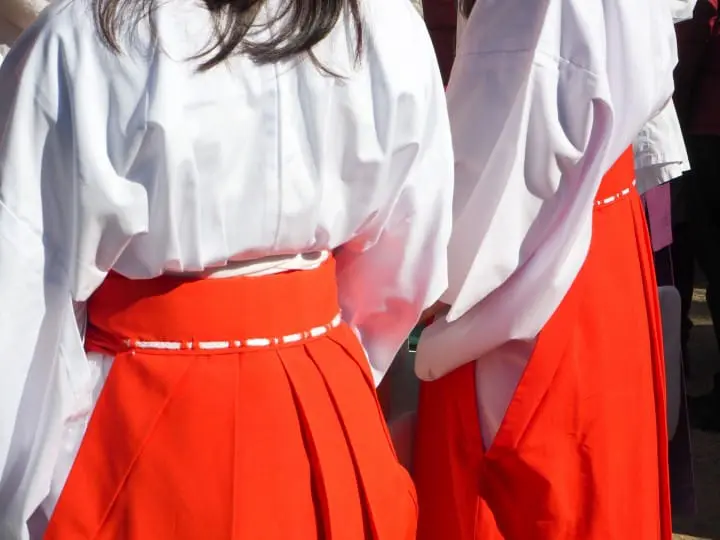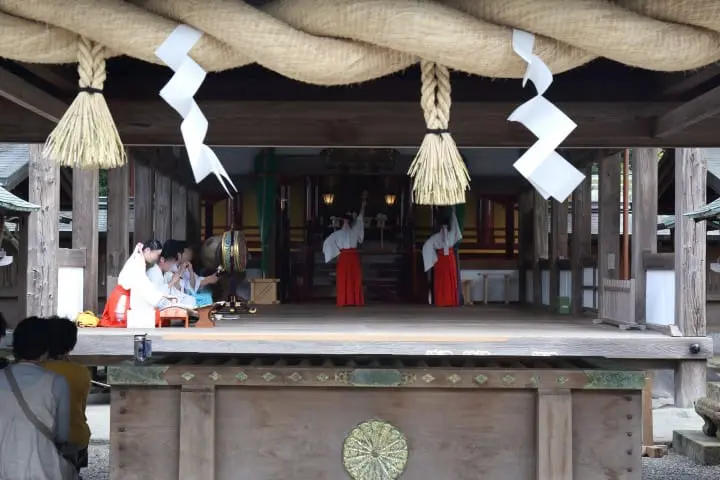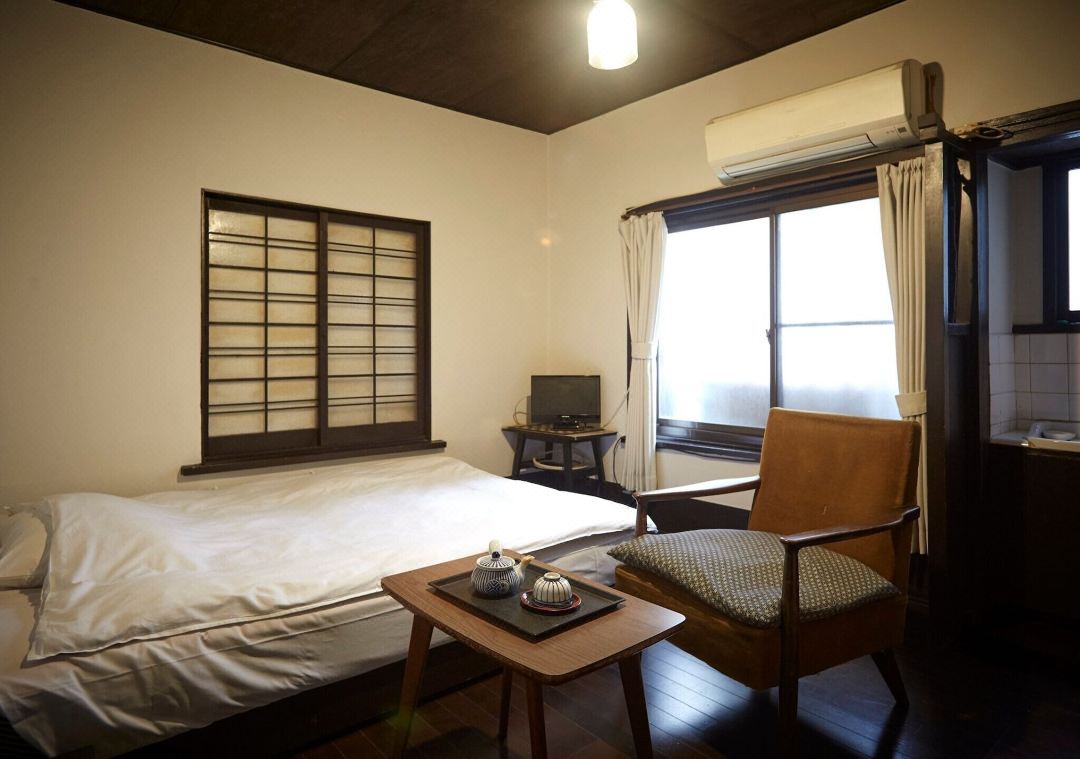Miko - Japanese Encyclopedia

Miko is the term for the young women wearing red and white that serve the Shinto deities by working at shrines across Japan. Learn the origins of the miko role, their appearance and apparel, and how one becomes a miko.
What is a Miko?

Miko, or shrine maiden, is the name of a type of priest working at a Japanese Shinto shrine. A miko typically refers to as young female priests.
For centuries, miko have performed kagura (sacred dances for entertaining and satisfying the Shinto deities), conducted exorcisms, practiced divinations, acted oracles. Believed to posses magical powers, they also worked as spirit mediums, channeling spirits, and carried out various other functions as required of them at their given shrine.
Today, however, miko are tasked with performing kagura and other ritual dances during special occasions and aid the priests of the shrine in their functions. You will often see miko selling omamori, or good luck charms, or omikuji paper fortunes, at the shrine office windows.
In Japanese, miko is usually written with the characters for "medium" and "woman" as 巫女. However, miko may also be referred as 神子, written with the characters for "god" and "child." 舞姫, or "maihime" is also another word to describe miko (it refers to the miko's role of performing sacred dances). 大御巫, "o-mikanko" is another word for miko, essentially meaning "sacred child."
The Miko’s Appearance - Traditional Clothing and Hairstyles

Miko wear a white robe known as a hakui with a pair of red hakama known as hibakama. When performing dances or kagura, miko wear a white chihaya, a loose jacket with long kimono-like sleeves, over their regular uniform.
Their long, black hair must be tied back in a simple low ponytail, held with either a takenaga, a ribbon made from Japanese washi paper, or a mizuhiki, a cord made from twisted washi under which a sheet of white washi paper is wrapped around the hair.
During rites and certain events, miko may also wear special floral hairpieces known as hanakanzashi or a special diadem (crown) called kanmuri. The flowers, tree branches, and floral motifs used in these pieces are representative of the many different types of plants in Japan, which are said to increase the spiritual power of the wearer.
The items used during rituals or dances performed by miko are called toributsu, and include nine distinct elements: sakaki (sacred evergreen boughs), nusa (staff with plaited paper streamers), tsue (a wand or staff), sasa (a type of bamboo), yumi (bow - with or without arrows), ken (a sword or saber), hisago (a bottle gourd), and kazura (a type of creeping plant). Depending on the shrine and rite, some also use suzu (bells), ougi (folding fans) and bon (lanterns) as well.

As the details of their clothing changes depending on the occasion or season, area, and shrine, there isn’t one correct appearance for a miko. The only strict points are that, in order for their body to be suitable for the Shinto deities to use, nail polish, bright make-up, watches, earrings, and other accessories are taboo.
How Do You Become a Miko?

Essentially, the only requirements to that must be fulfilled in order to become a miko are to be of sound mind and body and to be a young, unmarried female, as the retirement age of a miko is in their mid to late twenties. Full-time miko who have reached this age are called Honshoku Miko (principle shrine maidens) and wear pine needle green or deep navy blue hakama, or over-pants, and do clerical work or act as kagura instructors to the younger miko.
Though there are many miko certified as priests, this is not a fundamental requirement when it comes to becoming a miko. Daughters, nieces, or other young women connected to the shrine may also work there as miko too.
During the New Year celebrations or at other especially busy times of year, many shrines find themselves in need of extra assistance. During these seasons, they will often hire seasonal workers and miko to help out. And with many shrines seeing an increase in the number of international visitors recently, miko who can speak English are also becoming more prevalent.
Can You Experience Being a Miko?

It is possible for people from abroad to experience the work of miko, too.
Amagasaki Ebisu Shrine in Amagasaki, Hyogo Prefecture has a program especially for visitors to Japan called the Miko Experience (reservations required), wherein travelers may learn more about shrines, Shinto and Japanese culture in general. Some large, famous shrines recently have also begun to offer miko experiences or part-time work for visitors to Japan as well. Many locations in the greater Tokyo area are beginning to implement miko experiences and other activities designed with visitors to Japan in mind. If you are interested in taking part in these cultural experiences, please take a look online for them.
Hotels near Amagasaki Ebisu Shrine
Read also
Main image by Pixta
日本への訪日外国人の方が、もっと増えますように!









































![[Coupon Available] Attention Overseas Winter Sports Fans! Nagano's Sports Depot Has Evolved](https://resources.matcha-jp.com/resize/720x2000/2026/01/05-254819.webp)